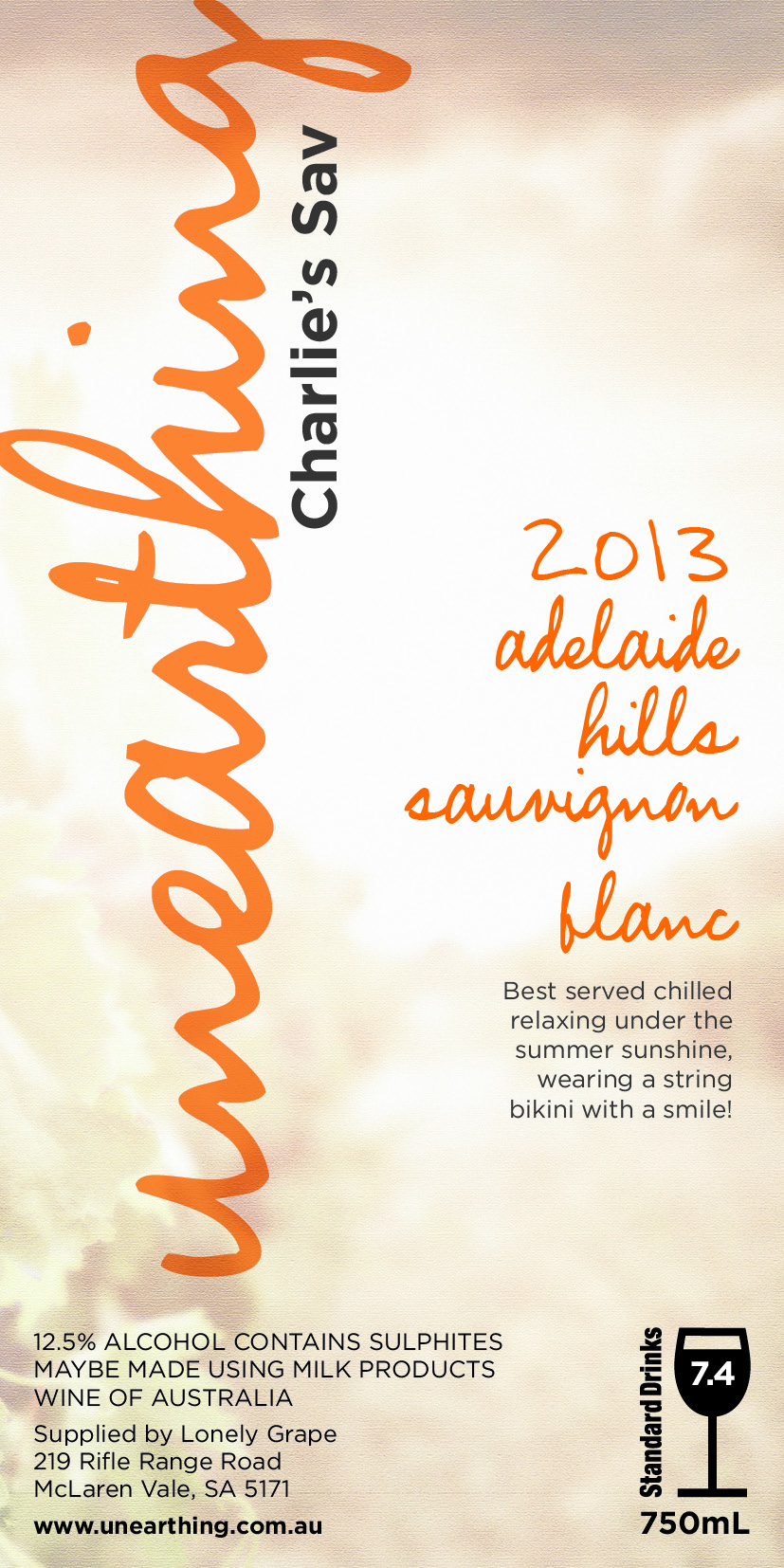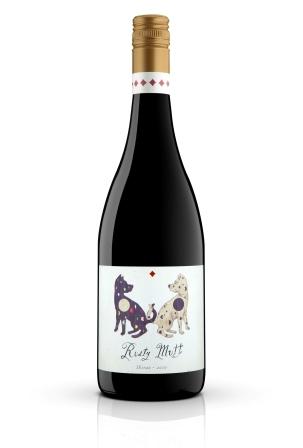Over the last few years there has been a movement towards a greater understanding about the conditions of how the grapes are grown and how the wines are made. Today we have different “styles” of wines:-
- Organic
- Biodynamic
- Natural
- Preservative Free of No Preservative Added
Organic wines are made with grapes from vineyards that practice organic viticulture. The aim is sustainable practices where pesticides and herbicides are not used. Disease management is based around prevention first and then minimal copper based sprays with a maximum amount of copper per hectare required.
Biodynamic wines practice a level of adherence to organic practices with a holistic approach with events tied into the lunar cycle and composted sprays one of them based on burying cow horns filled with ground quartz. Sounds bizarre but vineyard that follow these practices report a higher soil carbon content and significantly increased level of living hings in the soil (such as worms, bugs etc).
Natural wines do need to be organic or biodynamic in nature but quite often they are. These wine are made with no additives ie using natural yeast and no acid adjustments. These wine will also be made with minimal filtration and no reverse osmosis.
Preservatives in wine are based around sulphur compounds. Even though the term sulphur dioxide is often used it is actually Potassium Meta Bi-sulphide or Sodium Meta Bi-sulphide. I heard about wines labelled as Preservative Fee, however this can be a dangerous practice. This is because a small amount of measurable SO2 (Sulphur Dioxide) is produced during fermentation. If one designated the wine to be preservative fee then there needs to be no measurable SO2. Thus the term No Preservative Added on wine labels come from.
Why do we want a classification of No Preservative Added wines? There is a growing number of people I talk to that have the mythology that “red wines give me a headache, so I do not drink reds. Red wines have preservatives added so this must be the issue.” Lets explore the reasons sulphur compounds are added to the wine. Firstly, they are a preservative. We all want wines that are consistently good and that will last for however long they sit in the bottle (or whatever vessel the wine is in). The sulphur compounds provide a level of assurance the wine in the bottle is in good condition. Secondly, sulpur compounds react with other compounds (particularly in red wines) that provide a more palatable wine ie it effects the final wine flavour. Thus sulphur is measured as fee and total to ensure both forms of sulphur are measured.
The other issue we need to understand is that as a general rule white wines have more free sulphur than red wines as they have more delicate flavours and we all want crisp and clean white wines. I cannot imagine an oxidised Sauvignon Blanc being well received. This fact makes me wonder about the mythology regarding sulphur in red wines causing issues. My interpretation is that sulphur additions in red wines are not the cause the reactions people have or, at worst, these compounds are only a contributing factor.
Thus for me I am not convinced that low preservative wines make a difference to reactions to red wines by some drinkers. However, I am all for eating and drinking foods with minimal additives and thus no preservative added wines interest me from this angle.
In McLaren Vale I am aware of 3 No Preservative or Minimal Preservative Additions.
2012 Battle of Bosworth “The Puritan” Shiraz ($20)

If memory serves me well this is the 3rd vintage of The Puritan from one of the few certified Organic Producers in McLaren Vale. This wine is made from the Shiraz from the Bosworth Home Block right next to the Cellar Door. There is only free run juice that sees no oak or sulphur chemicals. The wine goes through a cross flow filtering step to ensure any potential nasties are removed. This step is like an insurance to ensure the wine does well in the bottle.
The aromas like pure plum juice with subtle spices – particularly dried oregano. The flavours show the continuation of the plums with some good grape seed tannin and lingering acid. The tannin is not green so the grapes were picked at a good level of ripeness. I enjoyed this wine more than expected. I am told that even though it is expected to be a short lived wine (due to the lack of preservatives) the previous vintages of this wine are still drinking well. I think Jock is onto a winner here.
2012 Gemtree “The Phantom” Preservative Free Petit Verdot ($30)
Now I knew this wine was going to be interesting. Petit Verdot can make a good wine but it is seen as a blending variety. Fermented in oak (open ferment) and even the malolactic fermentation occurring on skins. So now I am thinking this wine is going to be a monster! On the nose I got bright cherries and spices of cinnamon p;us cloves all wrapped up in chocolate notes. Flavours were in line with the aromas – lots of fruit, spice and tannin – I was not disappointed with this wine being a massive wine that could do well to have a few years in the bottle. The biggest wine of the 3 reviewed here and needs good robust food to be consumed at the same time.
2009 Grancari Estate Low Preservative Shiraz
I have had a few low preservative wines before and I have not always enjoyed them. I was not sure what I was going to find with this one. I was so surprised! This wine has lots of character – more than I was expecting. Lots of dark fresh fruit aromas and quite a dark mixture of flavors. Depth of the Shiraz plum with some oak – that was the difference. Normally low or no preservative wines have no oak maturation (as wine may have problems with spoilage without this preservative). I also got some Mocha and a spice mixture. If you have issues with the preservative in red wine, but you like a full bodied red then this is one wine you should check out.





